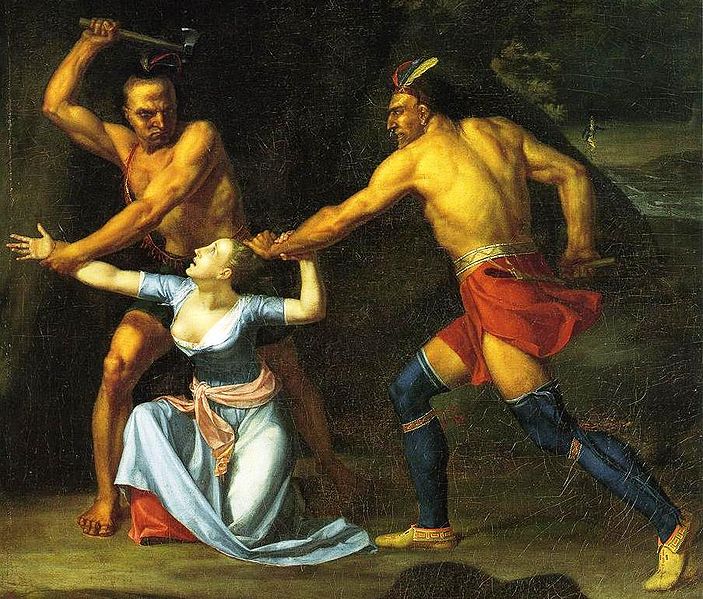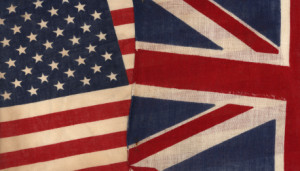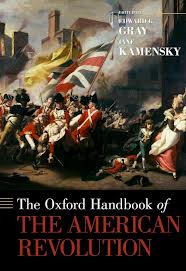Welcome to Part 5 of my Revolution Reborn Conference Recap. (See Part 1: Opening Roundtable Part 2: Global Perspectives Part 3: The Revolution as Civil War Part 4: Violence and the American Revolution)
 Power and the American Revolution
Power and the American Revolution
Chair: Woody Holton
Panelists:
Mark Boonshoft, “‘Calculated to Awake their Boyish Emulation’: The Great Awakening, Academies, and the American Revolution"
Matthew Spooner (Ph.D. Candidate, Columbia University), “Disorder, Slave Property, and Economic Development in the Revolutionary South”
Bryan Rosenblithe (Ph.D. Candidate, Columbia University), “Where Tyranny Begins: British Imperial Expansion and the Origins of the American Revolution, 1758-1766”
Biggest Takeaway: Power further complicates the story of the American Revolution. Historians need to address the experiences of the poor, elite, loyalists, revolutionaries, disaffected, slaves, and imperial viewpoints when they discuss power and the Revolution.
Biggest Question: How do scholars frame a narrative of the Revolution to include the experiences of the educated elite, slaves, and the implications of European imperial politics?
Panel Summary
Boonshoft wanted to show how the Great Awakening in the Middle Colonies set the stage for the Revolution. Until now historians have promulgated the view that the Awakening affected the Revolution by democratizing political relations. However, Boonschoft sees the Awakening as giving rise to a group of elitist conservatives, not democratic insurgents. The Awakening did not democratize social relations. Education lay at the heart of many of the constitutional disputes during the Revolution. The Revolution proved a signal moment in the lives of the Revolutionary generation because the Revolution allowed them to take the reins of power.
Spooner argued that southern society amplified the power, messiness, disorder, disaffection, and violence of the American Revolution. Scholars will be able to see both the promise and the limits of the Revolution if they study the South. Spooner also pointed out that the present historiography contains books about the Revolution and books about slavery. He would like to see slavery included in historians’ narratives about the Revolution.
Rosenblithe proposed extending the periodization of the Revolution to the 1750s. The British acquisition of territory during the French and Indian War effected how people looked at imperial politics. These views indicate that the Peace of Paris 1763 proved tenuous at best. The Revolution was a moment of imperial rupture. Scholars must deepen their understanding of eighteenth-century European imperial politics to understand the Revolution as a crisis of empire.
Official Commentary
Gordon-Reed admitted that with all of the new scholarship coming out, she thought that the Revolution had already been reborn. Gordon-Reed believes that this new scholarship is important because most people do not really think of, or see, the tragedy of the Revolution. Historians need to unpack white supremacy as they craft their new narrative. Gordon-Reed noted that she has seen new African emigrants to the United States write that they are white on documents because being white means something.
Shields remarked that the concept of power haunted the imaginations of human beings on both sides of the Atlantic throughout the Age of Revolutions. He drew attention to the fact that Michael Zuckerman opted to call the conference “Revolution Reborn,” which has a biological connotation rather than “Revolution Rebooted,” which is technical.
 Sampling of Question & Answer Remarks
Sampling of Question & Answer Remarks
Question: What do you think of the power of leadership when it comes to winning the Revolutionary War?
Boonshoft answered that leadership was important. Revolutions have leaders and leaders come out of revolutions. Boonshoft does not want to displace stories of the messiness of the Revolution, or the stories about a bottom-up movement, but he believes that leaders and elites had a place in the Revolution and that historians should be attuned to the people who constrained, and were constrained, by the people below them.
Edward Countryman believes that scholars have not ignored the South. He asked how scholars could ignore it when the South produced George Washington, Thomas Jefferson, and others of their ilk. However, historians do not know enough about the enslaved in the south and they need to investigate these faceless and obscure people in more detail.
Question: What do you think a new interpretation of the Revolution would look like with slavery at its center? What are the implications of this new slavery-centered narrative for the Revolutionary narrative of the New England and Middle Colonies?
Spooner answered that scholars have to center the story of slavery and the Revolution in the south because the South centered on slavery.
Rosenblithe offered that any re-framing of the narrative must look at the whole imperial system, where scholars will find that New England’s revolution was tied to the West Indies.
Tomorrow: Recap of the Concluding Roundtable
Congratulations! You are almost there, just one recap post left.
Feel free to agree or engage with the points and questions raised in this conference by leaving a comment.
*Please note that I updated the summary of Mark Boonshoft's comments. June 9, 2013 @ 11:28am.








